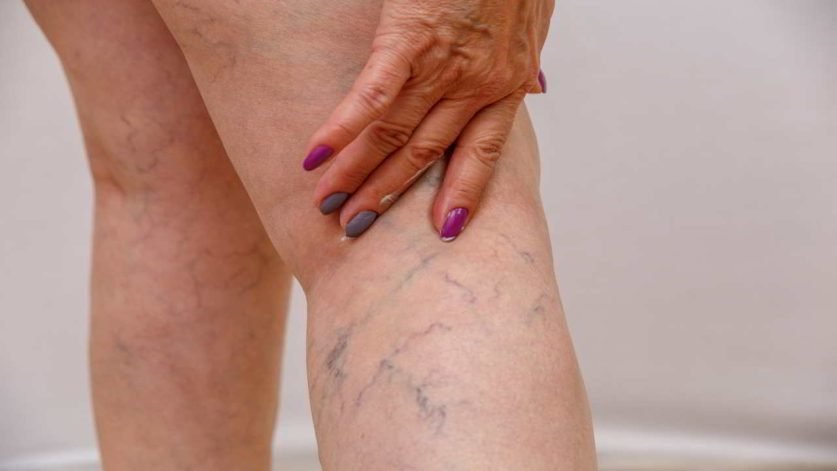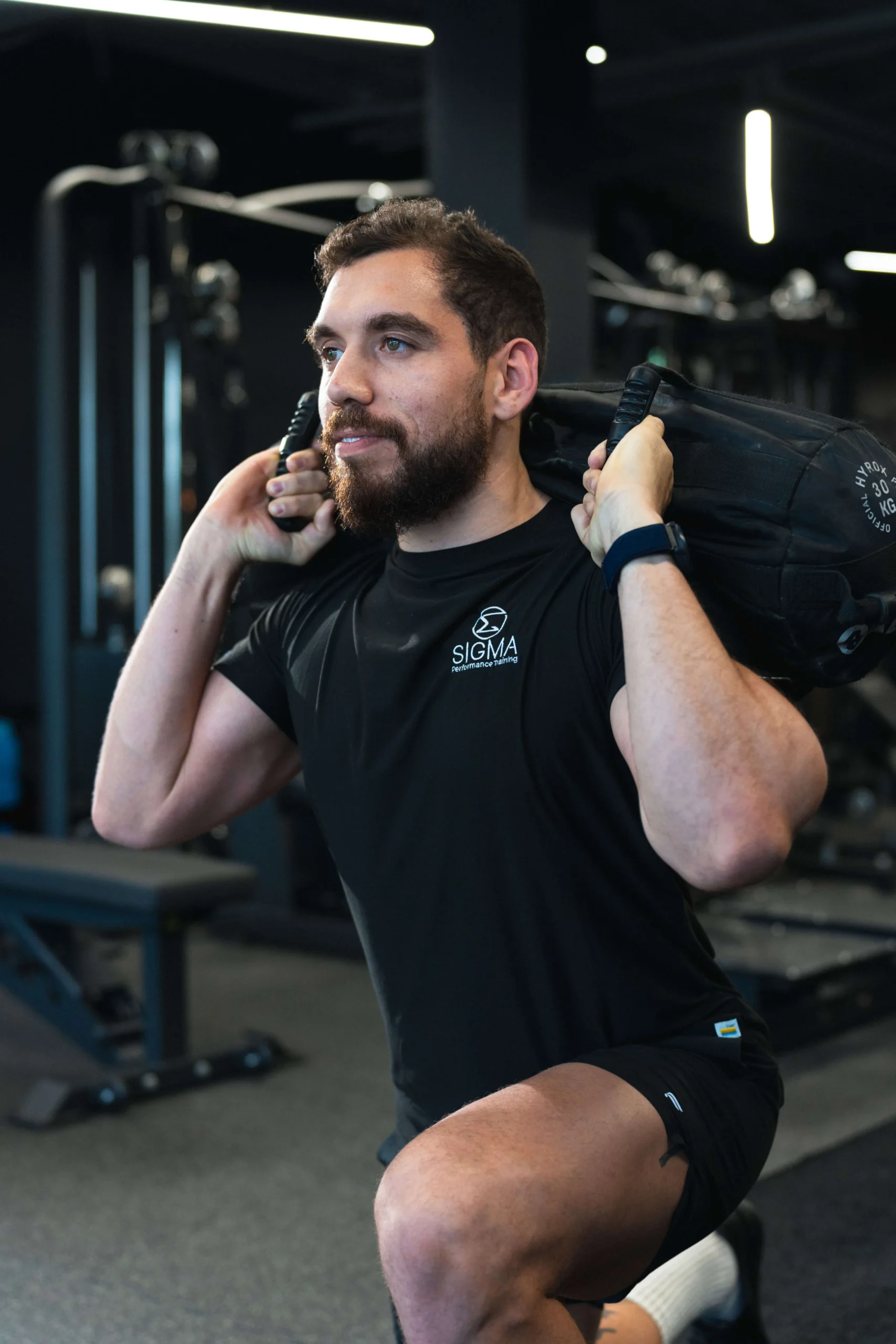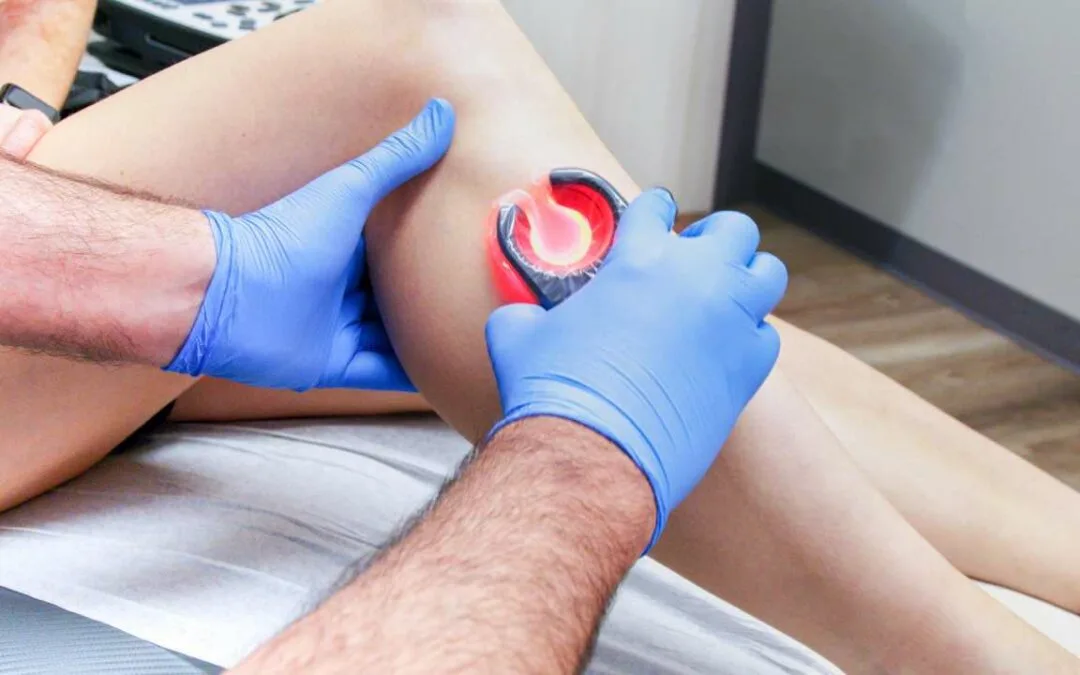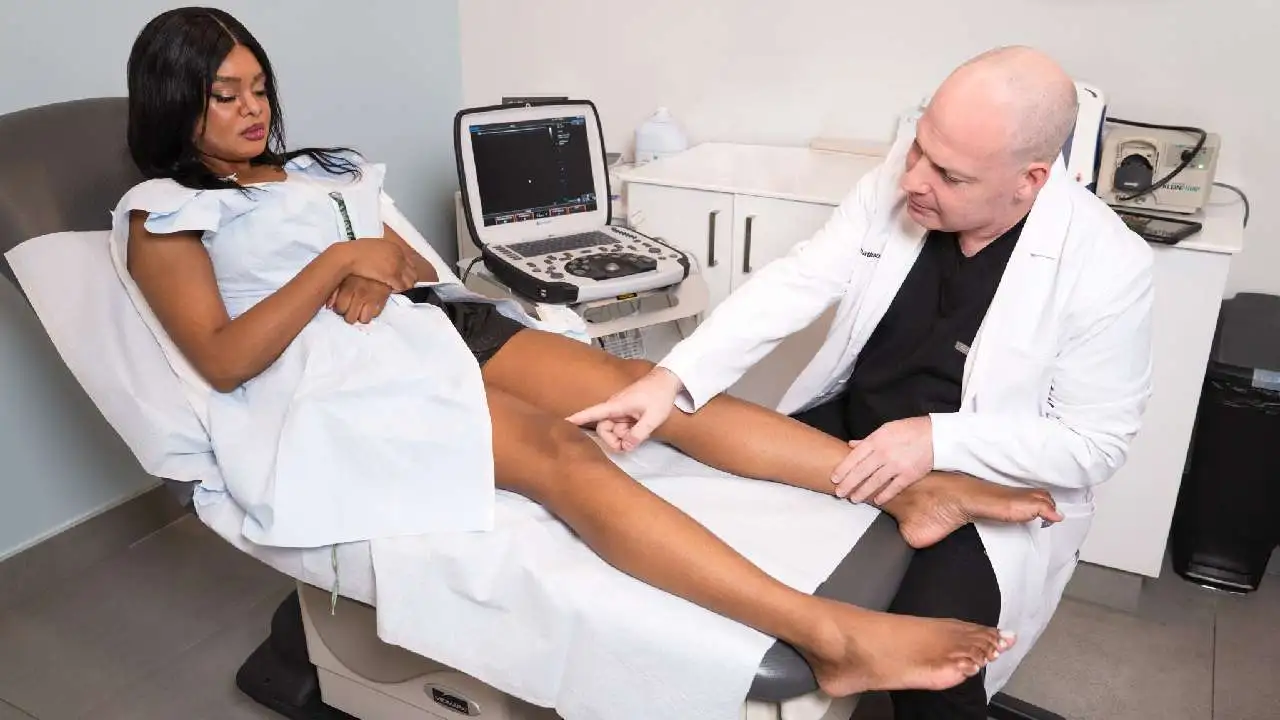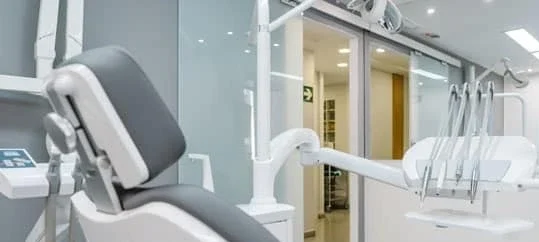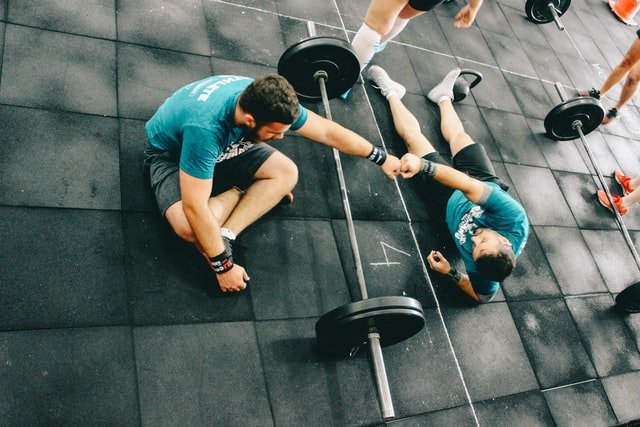Weak valves and veins n your legs can cause varicose veins. Blood typically rises from your legs toward your heart through one-way valves in your veins. When these valves aren’t working correctly, blood accumulates in your legs, which raises pressure. The veins expand, get weaker, and kink. You can develop varicose veins if it runs in your family.
Your veins may have weak valves or walls from birth or acquire these traits over time. Varicose veins are a more common problem in women than in men. They also become more common as people get older. Varicose veins typically appear during pregnancy. They could become less apparent or possibly disappear entirely after
What do you know about vein clinics?
What is a vein clinic? Vein clinics can offer vascular and vein specialists in-depth expertise in diagnosing, treating, and preventing vascular and vein illnesses. The diagnosis and cure of a wide range of conditions, injuries, and diseases related to the veins in the body are areas of expertise for vein doctors and specialists, who are medical doctors who have studied and completed a residency. Vein clinics provide a range of treatments for a variety of vein-related medical conditions.
What kind of treatment can you get in the vein clinic?
Here are some of the most typical ailments that vein clinics treat:
Chronic Venous Insufficiency (CVI)
This disease results when the veins have trouble returning blood from the extremities to the heart. The blood will pool in the veins when blood flow is reduced due to a blood clot or another issue. Venous insufficiency is the effect of this. The disease that stops vein valves from functioning correctly and directing blood in the proper direction is the most frequent cause of CVI.
Spider veins and varicose veins
Varicose veins are swollen veins that appear twisted and discolored on the skin’s surface. They are more common in the legs. Smaller and more prevalent near the skin’s surface are spider veins. Both conditions develop when the vein’s valves malfunction, allowing blood to flow backward into the veins and remain there.
Carotid Artery Disease (CAD)
This disease develops when the carotid arteries are clogged and unable to transfer blood effectively. Blood is sent from the heart to the head and brain via the carotid arteries. Atherosclerosis, or the accumulation of plaque, is the frequent cause.
Peripheral Artery Disease (PAD)
This cardiovascular disorder is characterized by constricted arteries that limit the amount of oxygen-rich blood that reaches the extremities. Atherosclerosis, or the accumulation of plaque, is often to blame for the constriction of the arteries.
Who should visit a vein clinic?
Your body’s veins, which are in charge of transferring blood back to your heart, play a crucial role in circulation. Blood pools in your legs instead of flowing to your heart when the valves in your veins are unhealthy, partially reversing the blood flow. Blood accumulating in the legs’ veins can describe vein insufficiency or disease. Vein insufficiency may be brought on by several variables, including age, blood clots, pregnancy, and family history.
Conclusion
The above-given details tell us about varicose veins and their treatment, and it also highlights various important factors and aspects regarding vein clinics. For more information, please visit veintreatmentnyc.com.

